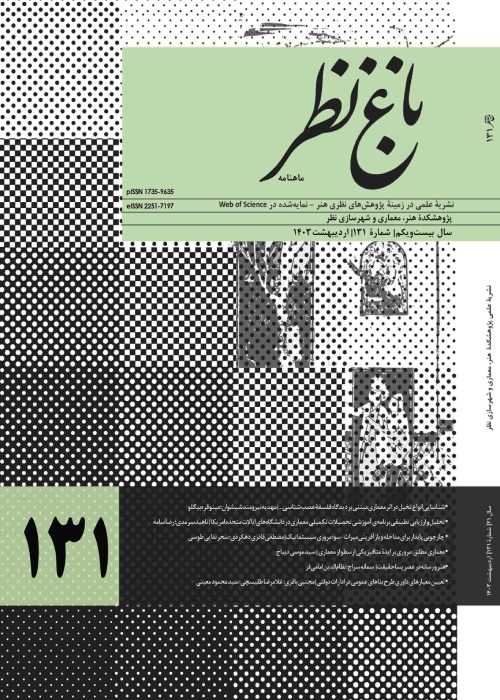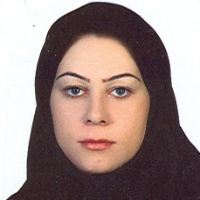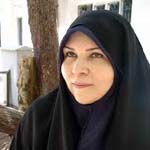Power and Resistance in the Representation of Woman in the Paintings of Association of Iranian Painter's (AIP) members
Author(s):
Abstract:
Two major different approaches have been considered for "power". One of them is an oriented approach with a direction from the top towards down, in which the subject of power is applying factor on the object of power; in contrast the other one is the Foucaults approach of "power" which lacks direction and the matter can be either subject or object at one time. In this approach, it is possible to resist against power and this kind of power is forming human life. Several tools can be used in the exercise of power, especially in gender power. One of the most important tools is "the look". The Gaze theories which investigate the ways of males power exercising especially on the female figure by peruse of the gaze, particularly the voyeuristic male gaze, develop a way to the expression of power in the visual arts. In present study, the main aim is to answer the manner in which the power is exerted in representation of women in paintings, and to seek how a woman is represented as a power agent and the relation of the look of the figure to the audience. The hypothesis, is that the artist resists against the dominance of the governmental supervising institution, but on the other hand due to the cultural and religious reasons, by using visual techniques the woman is abstained of being the subject of the gender power stereotypes. The relationship between the use of visual elements, the look, power and resistance has been investigated by studying the gaze types. Hence, by using library-mining and choosing samples from the paintings of the members of Association of Iranian Painters and considering the gaze theory the works which has depicted womans figure have been analyzed. The statistics were analyzed by IBM SPSS software, and results have discussed according to the Foucaults approach of power. The results show that the represented woman is not considered as passive and dominated being by the artist. It means, the woman is not the subject of the action of looking. This is aligned with proposed resistance by Foucault. The returned look, particularly the gaze to the viewer, makes woman as the agent of power. The artist uses all the factors and basics of visual arts, strictly the woman is placed in level eye angle which means the equal power position with the artist and the viewer; but the relation between artist and audience is a common kind of power. The audience has no opportunity to exercise power over artist and the artist guides him/her how to look by technical skills. Cultural exclusions that are affected by social and religious culture of artist have more effects on hedonistic intuitive feelings and led the artist to be in accordance with the cultural, social and political power which monitors the activities of AIP. Showing naked women to be the subject of voyeuristic gaze is refused but his propensity of representing woman without hijab is not ignored.
Keywords:
Language:
Persian
Published:
Bagh-e Nazar, Volume:13 Issue: 42, 2016
Pages:
89 to 104
magiran.com/p1611794
دانلود و مطالعه متن این مقاله با یکی از روشهای زیر امکان پذیر است:
اشتراک شخصی
با عضویت و پرداخت آنلاین حق اشتراک یکساله به مبلغ 1,390,000ريال میتوانید 70 عنوان مطلب دانلود کنید!
اشتراک سازمانی
به کتابخانه دانشگاه یا محل کار خود پیشنهاد کنید تا اشتراک سازمانی این پایگاه را برای دسترسی نامحدود همه کاربران به متن مطالب تهیه نمایند!
توجه!
- حق عضویت دریافتی صرف حمایت از نشریات عضو و نگهداری، تکمیل و توسعه مگیران میشود.
- پرداخت حق اشتراک و دانلود مقالات اجازه بازنشر آن در سایر رسانههای چاپی و دیجیتال را به کاربر نمیدهد.
In order to view content subscription is required
Personal subscription
Subscribe magiran.com for 70 € euros via PayPal and download 70 articles during a year.
Organization subscription
Please contact us to subscribe your university or library for unlimited access!




